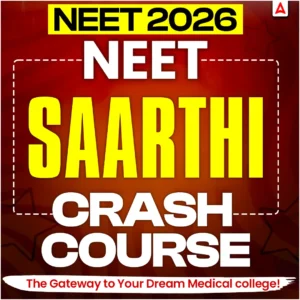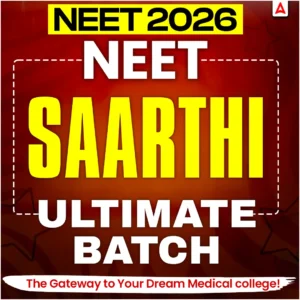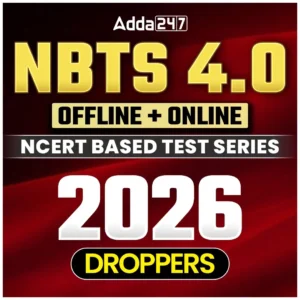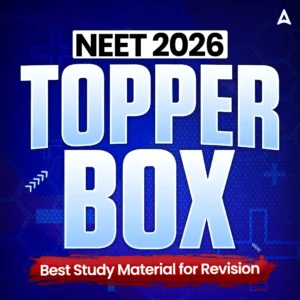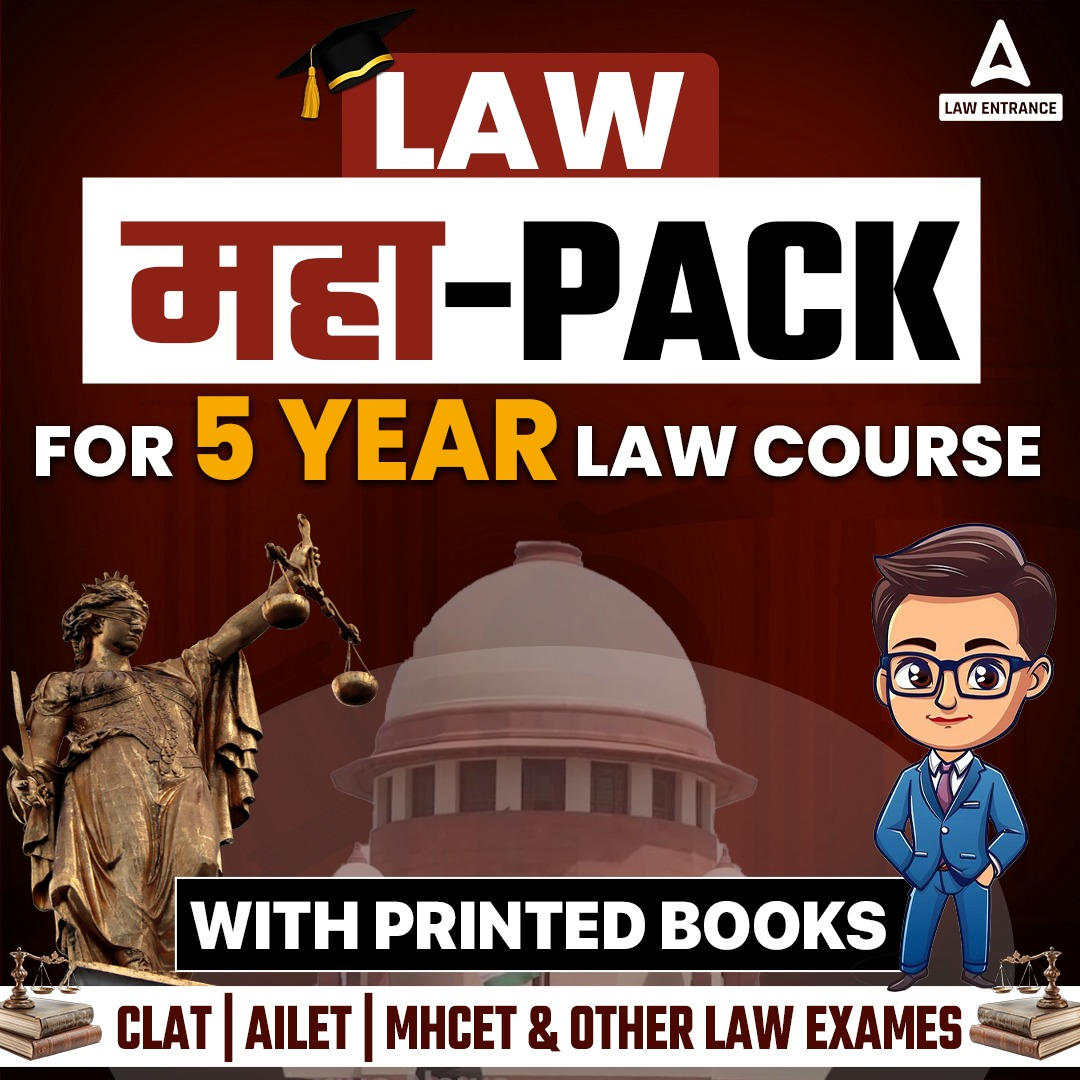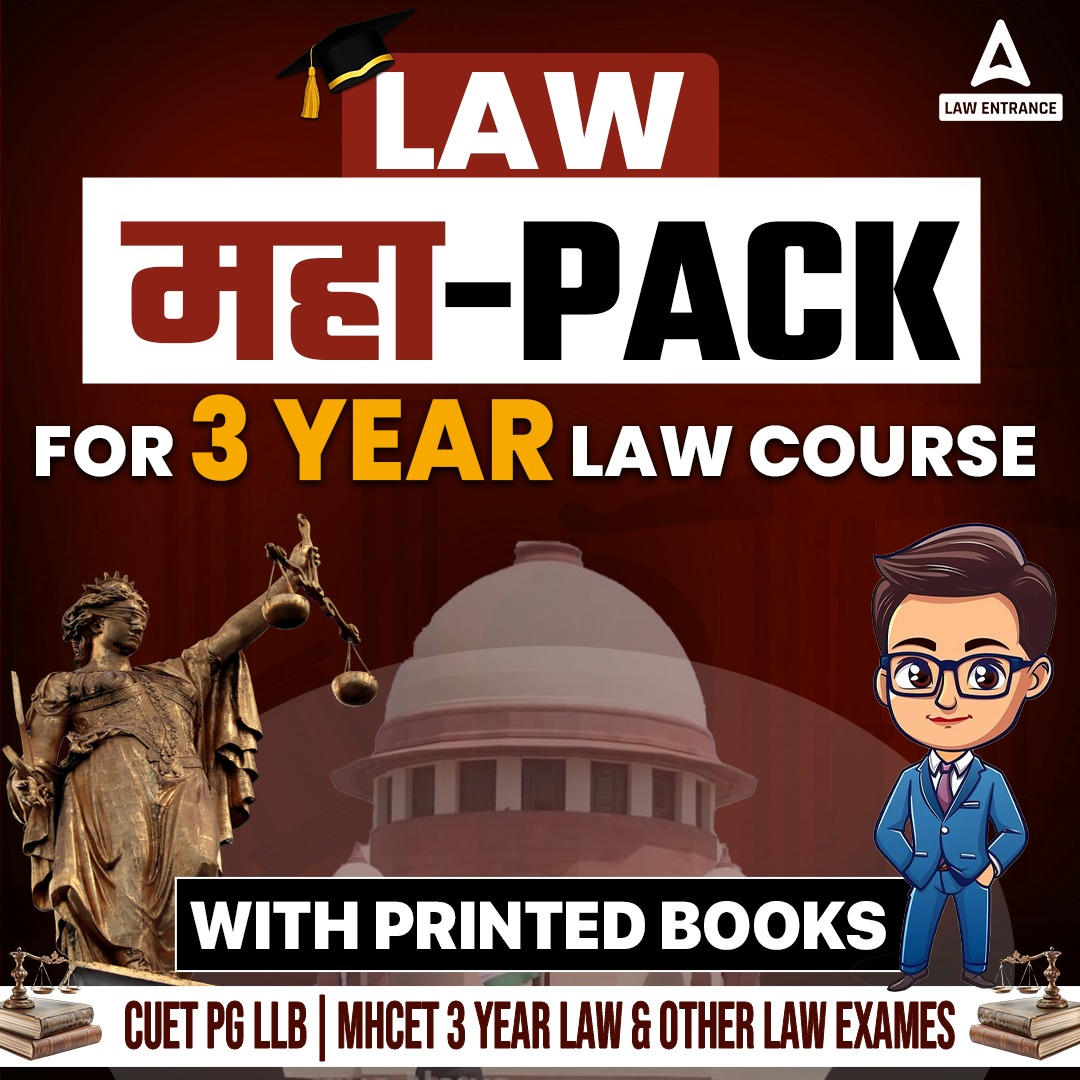The CBSE Class 11 Computer Science Syllabus 2025-26 aims to be practical, relevant, and future-oriented. This NCERT Class 11th Computer Science syllabus teaches students programming skills, logical reasoning, and an ethical approach to using technology. Whether you want to work in information technology or learn more about computers, this course is a fantastic place to begin. There will be two papers in the subject:
- Theory: 70 marks
- Practical: 30 Marks
- The Question paper will be in Hindi or English
CBSE Class 11 Computer Science Syllabus 2025-26
After completing the CBSE Class 11 Computer Science Syllabus 2025-26, the students should be able to:
- Understand computational thinking
- Use data types
- Understand algorithms
- Understand computer systems (architecture and operating systems)
- Explain cyber ethics, cyber safety, and cybercrime
- Understand the value of technology in society, taking gender and disability into account.
Class 11 Computer Science Syllabus 2025-26 Overview
This section of the Class 11 Computer Science Syllabus 2025-26 provides a brief overview of key facts, including the topic code, total marks, and medium of instruction.
| UNIT NO. | UNIT NAME | MARKS |
| 1 | Computer Systems and Organization | 10 |
| 2 | Computational Thinking and Programming -1 | 45 |
| 3 | Society, Law, and Ethics | 15 |
| TOTAL | 70 |
CBSE Class 11 Computer Science Syllabus 2026 PDF
Understand how the marks are separated between theory and practice from the CBSE Class 11 Computer Science Syllabus 2026 pdf. This allows you to focus your preparation effectively. These CS topics were deliberately chosen to pique your interest and skills in computer science.
| Subject | PDF Download Link |
| Computer Science | Click Here |
Detailed NCERT Class 11 Computer Science Syllabus 2025-26
The full CBSE Class 11 Computer Science Syllabus 2025-26 comprises both theoretical and practical courses designed to provide students with hands-on experience with programming languages such as Python, fundamental computer hardware knowledge, and an understanding of ethical technology use. Each unit of the syllabus is clearly duscussed in the table below.
| Unit-wise Syllabus of Computer Science Class 11 2026 |
| Unit 1: Computer Systems and Organisation Basic computer organisation: Introduction to Computer System, hardware, software, input device, output device, CPU, memory (primary, cache and secondary), units of memory (bit, byte, KB, MB, GB, TB, PB) Types of software: System software (Operating systems, system utilities, device drivers), programming tools and language translators (assembler, compiler, and interpreter), application software Operating System(OS): functions of the operating system, OS user interface Boolean logic: NOT, AND, OR, NAND, NOR, XOR, truth tables and De Morgan’s laws, Logic circuits Number System: Binary, Octal, Decimal and Hexadecimal number system; conversion between number systems Encoding Schemes: ASCII, ISCII, and Unicode (UTF8, UTF32)Unit 2: Computational Thinking and Programming – I Introduction to Problem-solving: Steps for Problem-solving (Analyzing the problem, developing an algorithm, coding, testing, and debugging), representation of algorithms using flowchart and pseudocode, decomposition Familiarization with the basics of Python programming: Introduction to Python, Features of Python, executing a simple “hello world” program, execution modes: interactive mode and script mode, Python character set, Python tokens( keyword, identifier, literal, operator, punctuator), variables, concept of l-value and r-value, use of comments Knowledge of data types: Number(integer, floating point,complex), boolean, sequence(string, list, tuple), None, Mapping(dictionary), mutable and immutable data types. Operators: arithmetic operators, relational operators, logical operators, assignment operators, augmented assignment operators, identity operators (is, is not), membership operators (in not in) Expressions, statement, type conversion, and input/output: precedence of operators, expression, evaluation of an expression, type-conversion (explicit and implicit conversion), accepting data as input from the console and displaying output. Errors- syntax errors, logical errors, and run-time errors Flow of Control: introduction, use of indentation, sequential flow, conditional and iterative flow Conditional statements: if, if-else, if-elif-else, flowcharts, simple programs: e.g.: absolute value, sort 3 numbers and divisibility of a number. Iterative Statement: for loop, range(), while loop, flowcharts, break and continue statements, nested loops, suggested programs: generating pattern, summation of series, finding the factorial of a positive number, etc. Strings: introduction, string operations (concatenation, repetition, membership and slicing), traversing a string using loops, built-in functions/methods–len(), capitalize(), title(), lower(), upper(), count(), find(), index(), endswith(), startswith(), isalnum(), isalpha(), isdigit(), islower(), isupper(), isspace(),lstrip(), rstrip(), strip(), replace(), join(), partition(), split() Lists: introduction, indexing, list operations (concatenation, repetition, membership and slicing), traversing a list using loops, built-in functions/methods–len(), list(), append(), extend(), insert(), count(), index(), remove(), pop(), reverse(), sort(), sorted(), min(), max(), sum(); nested lists, suggested programs: finding the maximum, minimum, mean of numeric values stored in a list; linear search on list of numbers and counting the frequency of elements in a list. Tuples: introduction, indexing, tuple operations (concatenation, repetition, membership and slicing); built-in functions/methods – len(), tuple(), count(), index(), sorted(), min(), max(), sum(); tuple assignment, nested tuple; suggested programs: finding the minimum, maximum, mean of values stored in a tuple; linear search on a tuple of numbers, counting the frequency of elements in a tuple. Dictionary: introduction, accessing items in a dictionary using keys, mutability of a dictionary (adding a new term, modifying an existing item), traversing a dictionary, built-in functions/methods – len(), dict(), keys(), values(), items(), get(), update(), del, clear(), fromkeys(), copy(), pop(), popitem(), setdefault(), max(), min(), sorted(); Suggested programs: count the number of times a character appears in a given string using a dictionary, create a dictionary with names of employees, their salary and access them. Introduction to Python modules: Importing module using ‘import ’ and using from statement, importing math module (pi, e, sqrt(), ceil(), floor(), pow(), fabs(), sin(), cos(), tan()); random module (random(), randint(), randrange()), statistics module (mean(), median(), mode()).Unit 3: Society, Law and Ethics Digital Footprints Digital Society and Netizen: net etiquettes, communication etiquettes, social media etiquettes Data Protection: Intellectual property rights (copyright, patent, trademark), violation of IPR (plagiarism, copyright infringement, trademark infringement), open source software and licensing (Creative Commons, GPL and Apache) Cyber Crime: definition, hacking, eavesdropping, phishing and fraud emails, ransomware, cyber trolls, cyber bullying Cyber safety: safely browsing the web, identity protection, confidentiality Malware: viruses, trojans, adware E-waste management: proper disposal of used electronic gadgets. Information Technology Act (IT Act) Technology and society: Gender and disability issues while teaching and using computers |
Class 11th Computer Science Practical Syllabus 2026
The marks distribution of lab test, project work, report file, viva, and Python programs topics from the CBSE Class 11th CS Practical exam syllabus is given below.
| Activity | Marks |
| Lab Test (Python Program) | 12 |
| Project Work | 8 |
| Report File (20 Python Programs) | 7 |
| Viva Voce (Oral Exam) | 3 |
| Total | 30 |
|
Suggested Python Programs:
|
| Welcome message display |
|
Find a bigger number among two/three inputs
|
|
Display number patterns using loops
|
|
Sum of series like 1 + x + x^2 + … + x^n
|
|
Check for a palindrome, Armstrong, or perfect number
|
| Fibonacci series |
|
Count vowels and consonants in a string
|
|
Dictionary for storing student names and marks
|
|
These programs help students apply what they learn and get confident in using Python.
|

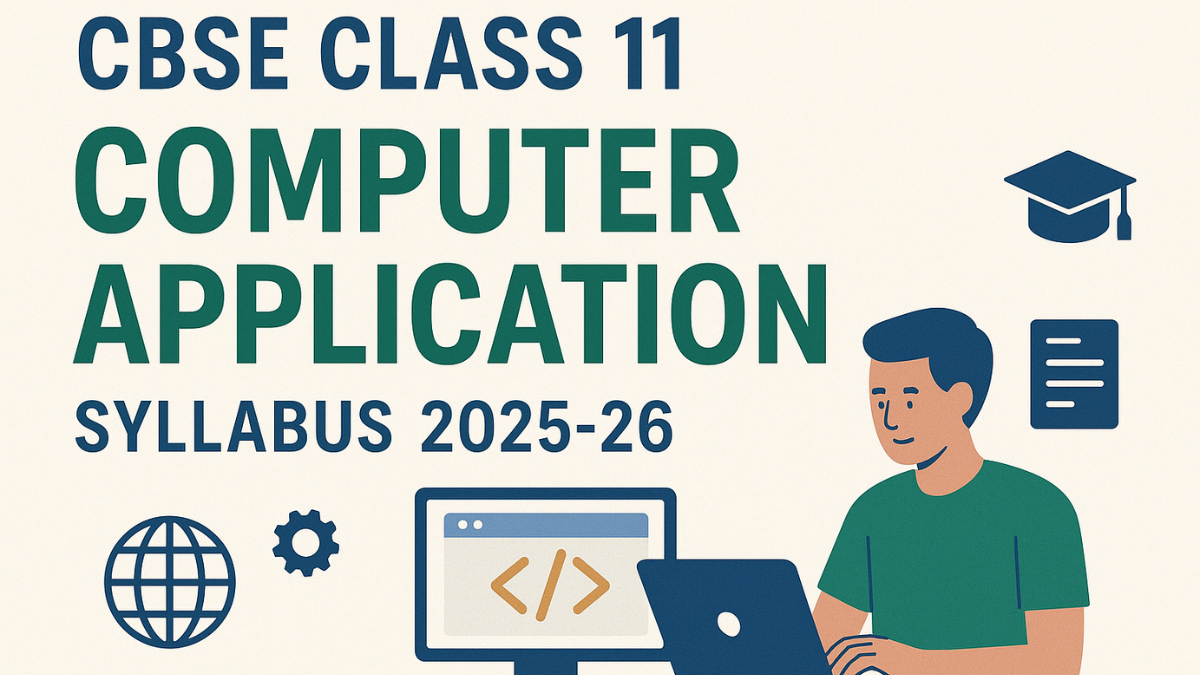
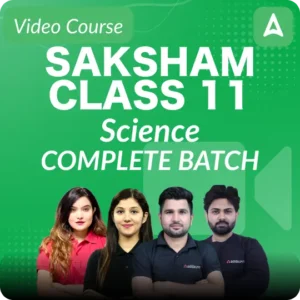
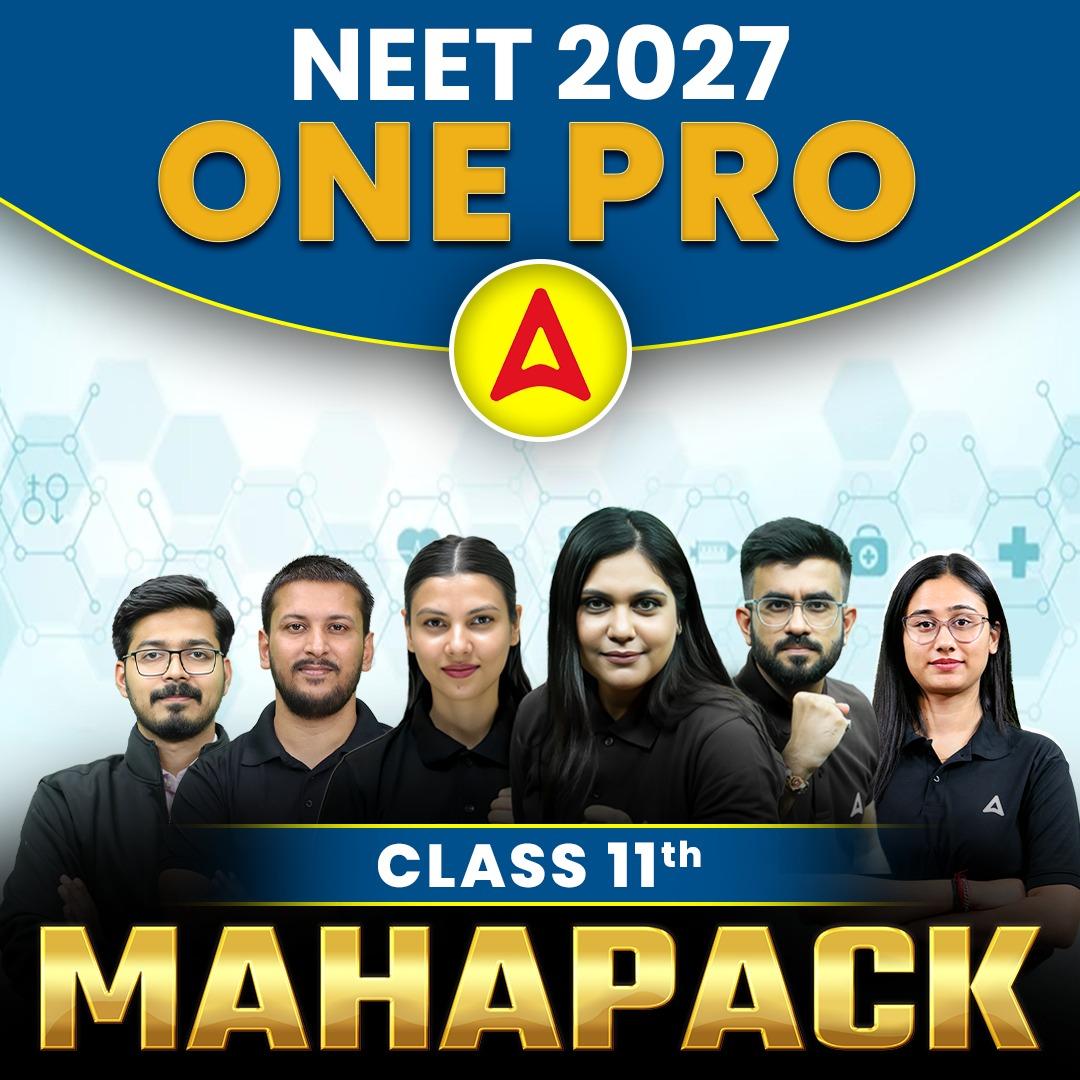


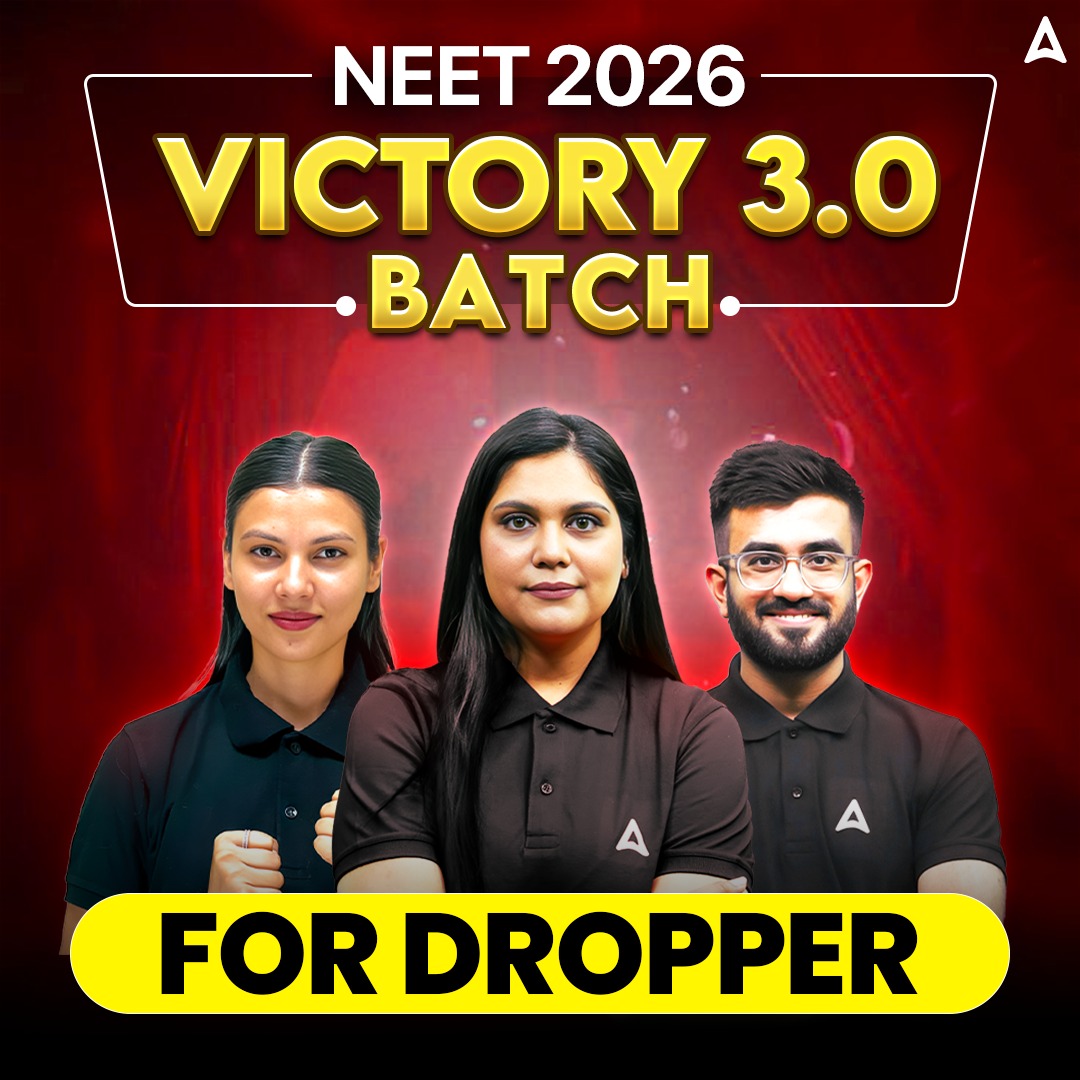
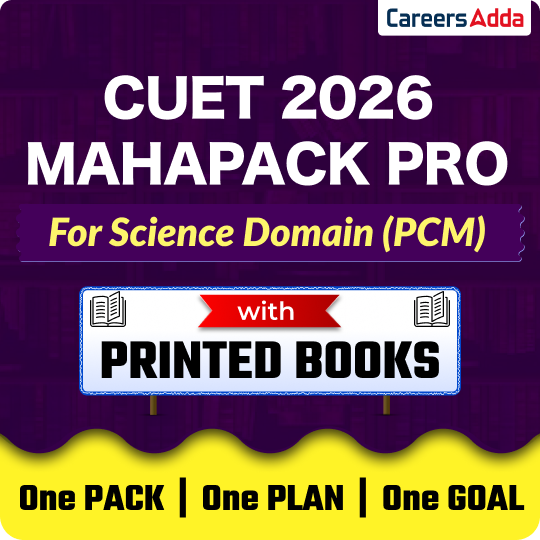



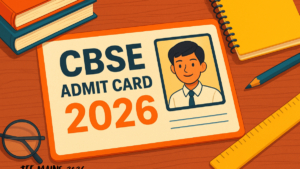 CBSE Admit Card 2026 for Private & R...
CBSE Admit Card 2026 for Private & R...
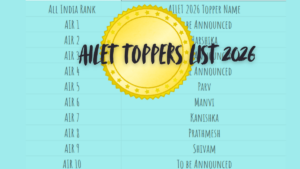 AILET 2026 AIR 1: Check Full Toppers Lis...
AILET 2026 AIR 1: Check Full Toppers Lis...
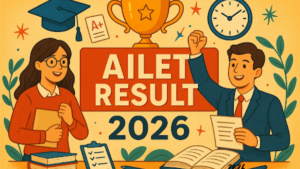 AILET Result 2026 OUT, How to Download S...
AILET Result 2026 OUT, How to Download S...
